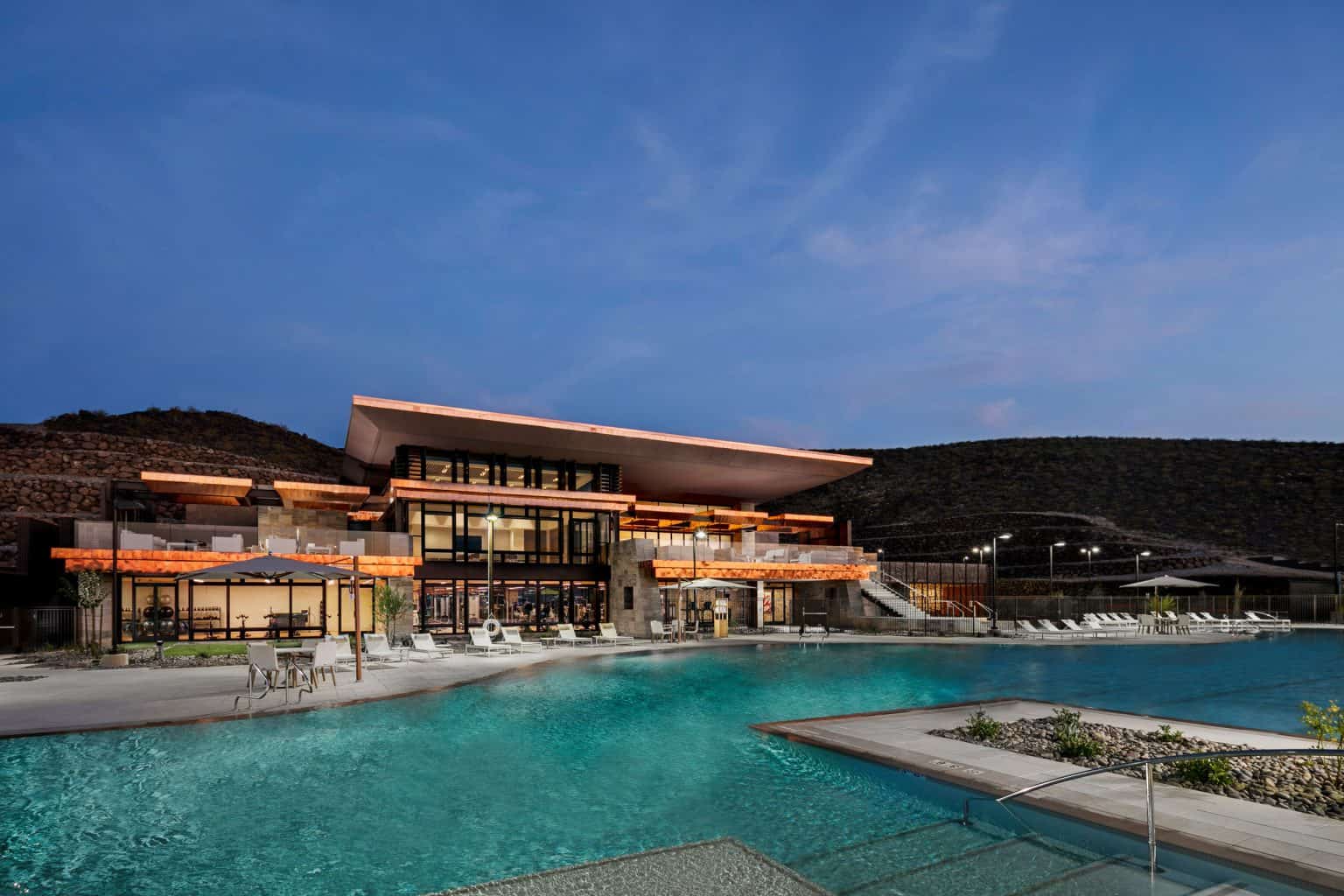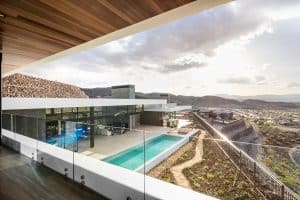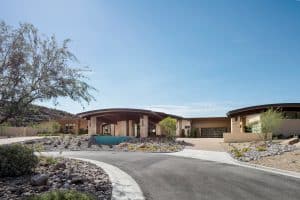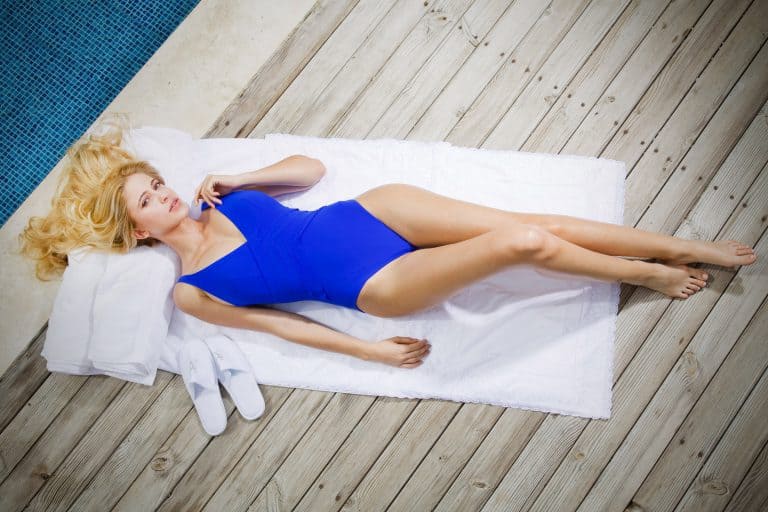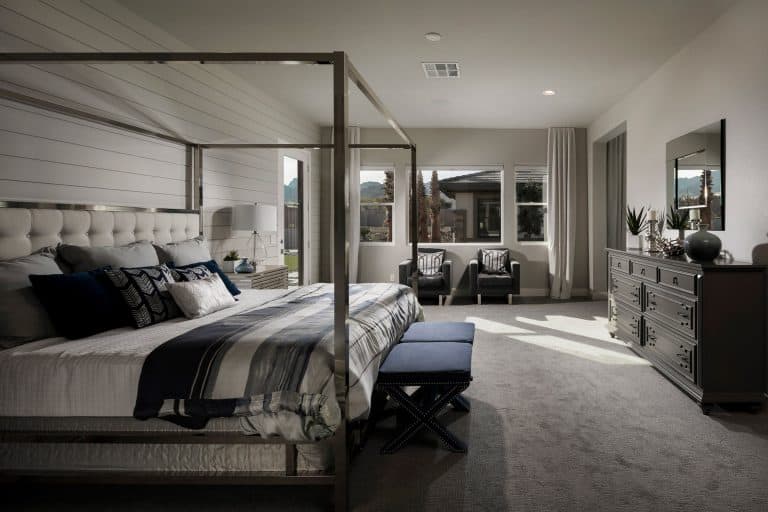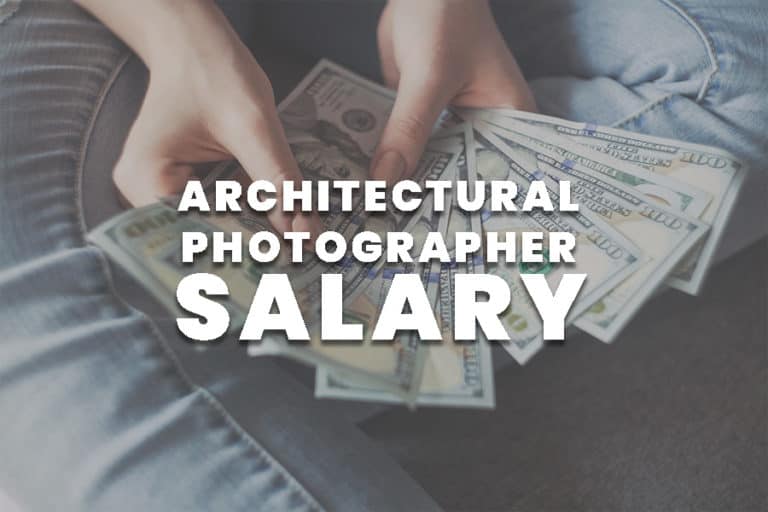Architecture Photography is in high demand and combines technical skills and creativity.
Working with architects, designers, and companies that provide services to the industry requires the delivery of impactful imagery that outstands the rest.
Here are several secrets behind the scenes for shooting amazing architectural pictures.
Table of Contents
Sell the Experience, not the Art
While we are all artists, architectural photography is a form of visual creation to promote your client’s work beyond creating amazing images, you need to have in mind creating visuals that sell that work.
Incorporate much more than just the architecture, think about the material, design, layout, land layout, views, environment, and how all of it comes together.
Professional Gear
While I am a huge supporter of having a cost for benefit in mind when running a business while creating stunning imagery is about the photographer and not the gear.
But, working with professional equipment can lead to better overall performance let me explain.
Beyond the high dynamic range and quality of the image, you should have in mind things like resolution (large prints or big crops), a dual memory card for backup of your and your client’s work, and Tilt-shift lenses to allow the creation of more proper shots.
Tip: treat your gear like a child and he will return you the love back.
Natural Light & Artificial lights
If you can’t beat it, join it, work with the sun while you can, but also think about other elements that are not listed evenly and establish it with artificial light to bring those details out.
You can compose multiple layers of daylight in different exposures, while it may be difficult depending on how bright is the sun, using artificial light can huge amount of value to your imagery.
Also use the interior light when shooting in the dusk/twilight, to show both the in and out in a single image.
Right Angle for Architecture Photography
Well, there’s is no right or wrong when it comes to the “right angle” but we try to stay within the eye level of the viewer, we might consider going higher or lower depending on if we want to see more or fewer details, for example, exterior view, or above a coach.
A Straightforward one is more clean and easy on the eyes, but some images shooting them on an angle create more depth and interest, regardless of what you chose make sure it makes sense, it’s not too crowded with info and most importantly the pictures are straight.
Architect or Interior Design Stylists
We always move things around, remove or add things, as opposed to hospitality when people come to visit they expect to see a 1:1 of the image in real life, in architecture and design we sell the overall experience.
Use the architect, designer, or stylist to move around things that are needed, remove or add elements from other rooms, but make sure you don’t move those elements into all of your images.
Architecture Lifestyle Photography
Every space has 4 walls, a ceiling, and a window, what makes this space special? Think about lifestyle features like pool, spa, home theater, or in commercial work employee time-off rooms, gym, or any other unique feature that make this space unique.
Maybe it’s a feature like warming plates or a luxury espresso machine, a multi-car garage, or even a view of the golf course, beach, or city.
There are many elements of design and environment that bring joy and usability to different types of people, don’t forget they can’t imagine things they don’t see.
Should you incorporate people in architectural pictures?
It’s an amazing question to ask (the self pat on the shoulder), I think it’s not a question of “if” it’s a question of “why”.
So when you include the human element in visuals, what will eventually happen is that the viewer’s eye will draw to the brightest point in the image or to the human element first.
In my mind, the goal is to sell my client’s work and not to distract the viewers with “cool” elements, while if we do a lifestyle shoot that is separate from the main one, so definitely a yes, incorporating a human element in your pictures will show the use of space and the type of potential clients demographic, but it should come as an addition and not instead and only to be used properly to sell the lifestyle and not focus on the design.
I hope I was able to give you a glimpse of my creative thinking beyond creating beautiful images, if you have any questions do feel free to reach out, I am always looking for more questions to answer both for my clients and our followers.
